|
Valdez, Alaska. The end of the 800-mile Trans-Alaska Pipeline System. The northernmost ice-free port in the U.S. A hidden gem off the beaten path for most tourists, who opt to visit Homer and Seward instead. The world knows Valdez for the Exxon oil spill in 1989, but Alaskans know it for its boundless beauty, fantastic fishing, gripping glaciers, and wondrous wildlife. The city of Valdez, population about 4,000, wasn’t on our radar of places to visit. After hearing rave reviews by many of the Alaskans we talked to, however, we decided we’d better check it out. We’re glad we listened to those people, as it quickly became one of our favorite stops. Boundless Beauty The drive to Valdez is a two-hour trek from Glennallen through scenic country, past lakes and glaciers galore, along and across rivers, through mountains, and beside waterfalls. The highlight of the trip is Thompson Pass, which climbs to 2,600 feet, taking visitors close to Worthington Glacier and through lush green landscape akin to what you might expect to find in New Zealand. As you descend into Valdez, your eyes are drawn to the numerous white zigzags of waterfalls descending the towering mountains. Approaching town provides close-up views of Bridal Veil Falls and Horsetail Falls on either side of the highway. We camped at Allison Point Campground, 12 miles outside the city, near the Valdez Marine Terminal, where crude oil is loaded onto tanker ships. Our back window offered picturesque views of Port Valdez, a fjord of Prince William Sound. Fantastic Fishing We arrived in Valdez around 7:30 p.m. with plenty of daylight. After setting up our rig, we wandered to another part of the campground to explore our new surroundings. Peering over a cliff down to the water, we spotted someone catching good-sized fish using a line and his hands, no rod. Then we noticed lots of fish jumping. Loud splashes and gasps for air alerted us to sea lions in the area. We decided to get a closer look and found other people catching pretty big fish. Wanting to get in on the action, we returned to Tagalong to assemble our collapsible fishing rod.* Just before 10 p.m., with the sun still shining, we slipped over slimy rocks to get to the water’s edge as the tide ebbed. In only 30 minutes, Bob caught his daily limit of six pink salmon — the biggest fish he’d ever hooked. The rapid pumping of adrenaline helped negate the annoying mosquitos trying to distract us. (We only bought one nonresident fishing license and had one rod.) Fishing is the second biggest industry in Alaska after oil. Every year, hundreds of thousands of salmon swim upstream to lay eggs and die. We had heard about these runs and always wanted to see them. We got our wish, hitting Valdez at the peak of this event for pink salmon. Back in the trailer with our beheaded and gutted catch, we started processing the fish a little before 11, with help from a YouTube video. The sun quickly dipped below the horizon, the first time we’d seen that happen since setting out for Alaska in late May. Two hours later, Bob completed the processing job. The meat weighed close to 7 pounds, averaging just over 1 pound per fish — not bad for a 2.5-hour investment. We stored the fillets and crashed into bed, thankful for the fresh food. Gripping Glaciers We awoke to a foggy morning and headed into town to board the Lu-Lu Belle boat for a glacier wildlife cruise. Someone we bumped into in Homer had recommended we book a tour on this particular boat. What an experience! Being some of the last passengers to arrive, we didn’t find anywhere to sit in the main cabin. Captain Fred, who’s been running these tours since 1979, gave us all a safety briefing before heading upstairs to the wheelhouse. He invited passengers to join him anytime, so we followed, pleasantly surprised to discover more passenger seating. Captain Fred prides himself on taking people closer to the wildlife and glaciers than any other cruise company, and he didn’t disappoint. He led us and nearly 30 other passengers through Port Valdez and the Valdez Arm to Prince William Sound, stopping along the way for us to snap photos of sea otters and waterfalls. Before we knew it, Captain Fred navigated us through a field of blue icebergs to within one-quarter mile of Columbia Glacier, the largest in Prince William Sound and one of the fastest-moving in the world. The mountain of ice stands 200 to 400 feet tall. We lingered for an hour in the mesmerizing beauty and got to witness the glacier calving, or breaking apart, multiple times — including the equivalent of a three-story building crashing into the water at one point. Every direction we looked left us in awe of God’s ice sculptures. With rain on the windows, our best chance at good pictures meant braving the 34-degree temperature outside. Good thing I wore long johns and took layers of clothing. Wondrous Wildlife On the return trip to Valdez, we observed harbor seals and sea otters hanging out on icebergs before the rocking of the boat lulled us to sleep. We woke up to see puffins and sea lions. Talk about getting closer than any other company: Captain Fred drove his boat practically into a cave so passengers could get good views and photos of puffins perched there. The only thing that would have made the trip more complete was a whale sighting. I had given up any hope of that, accepting that it wouldn’t happen for us this year in Alaska. But then someone spotted an orca! I dashed outside, eager to feel the immenseness of such a creature. Whales travel in pods, so one quickly turned into nearly 20 as we flung our heads to and fro for a chance to witness these magnificent beings rising to the surface for air. Amazing! Given the vastness of Prince William Sound in proportion to the whales, they didn’t seem all that enormous. I found myself astounded nonetheless, especially when considering that an orca’s dorsal fin can be 4 to 6 feet tall. In addition to the killer whales, we saw porpoises before returning to shore, nearly 10 hours after departing. Our $175 per-person fare had guaranteed us about seven hours of exploration, but Captain Fred went the extra mile(s) to ensure we got our money’s worth and a view of all the fascinating things he’s been admiring for nearly 45 years.
There’s much more to see in Valdez than we saw, but we’re overjoyed with our experience. My favorite part was sitting or standing on the shore of Port Valdez’s cerulean water to watch fish launch themselves into the air, sea otters float on their backs eating their treasures from diving expeditions, and sea lions come up for air after catching their dinner. What a blessing! You might also like 4 Amazing Things to Do in Fairbanks, Alaska. * As Amazon associates, we earn from qualifying purchases.
4 Comments
Mom
8/10/2023 10:59:26 am
Wow! Brings back lots of memories for us. Such beautiful pictures. Glad you got to see whales. What an experience for Bob catching all those fish. Neat!
Reply
Wendy Call
8/10/2023 01:56:02 pm
Love this report!! You two are having a great Alaska experience.. thanks for sharing it.
Reply
Bobby
8/10/2023 02:37:29 pm
Amazing pics. Glad to see Bob still had all his fingers after cleaning the salmon.
Reply
Janice Roosen
8/17/2023 12:17:32 pm
Wow, just wow! Your Alaska adventure is so fun to read here. The pictures are awesome.
Reply
Leave a Reply. |
AuthorThis is the travel blog of full-time RVers Bob and Lana Gates and our truck, Gulliver, and fifth wheel, Tagalong. Categories
All
Archives
July 2024
|
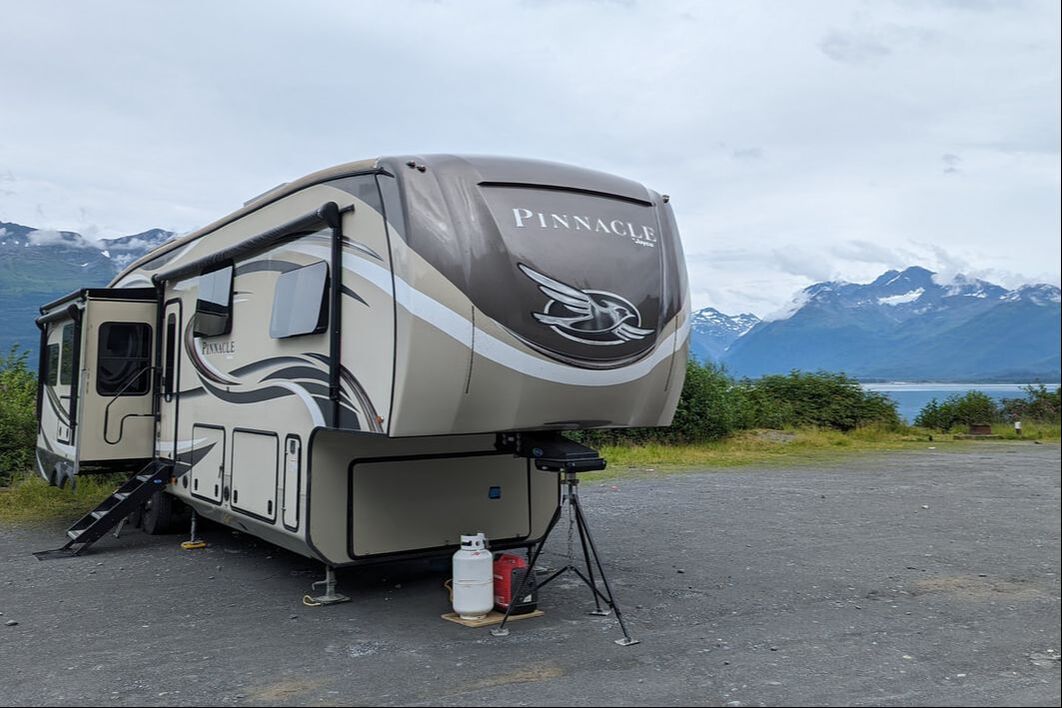
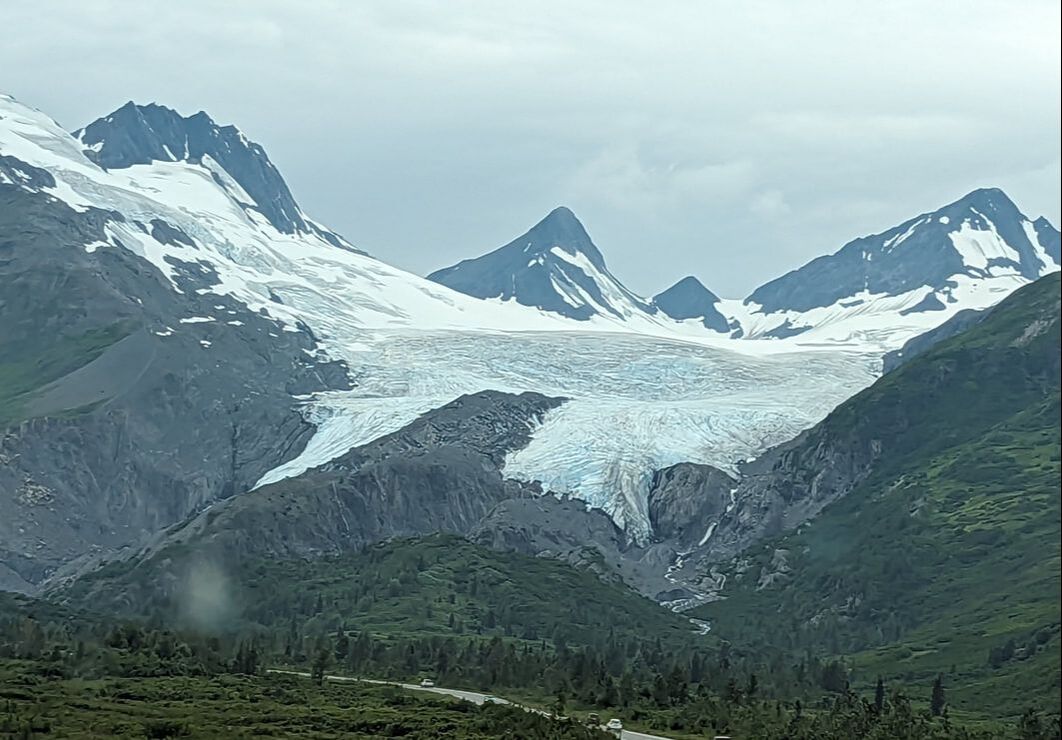
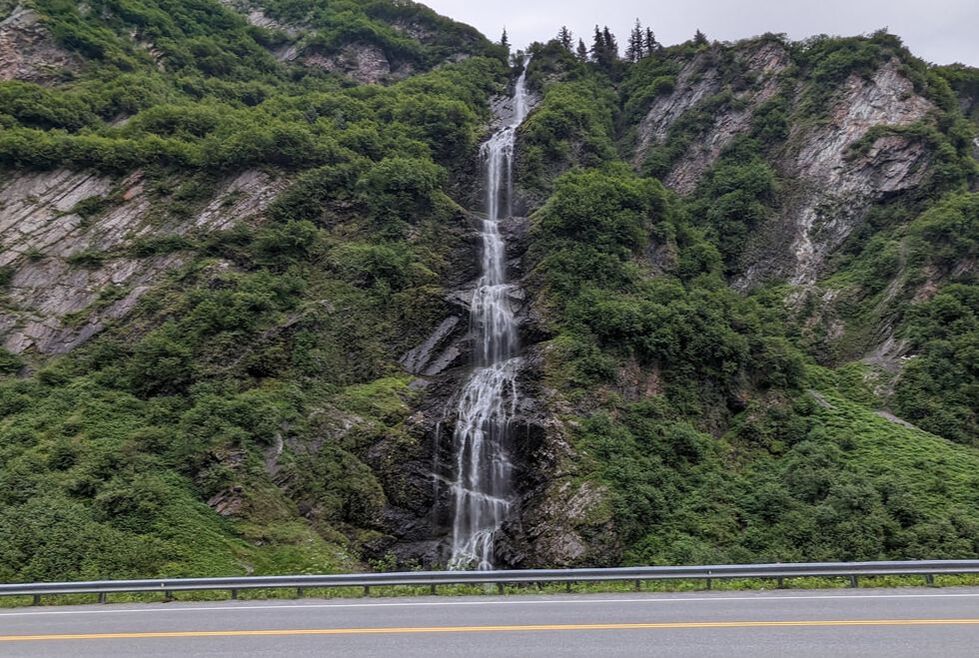
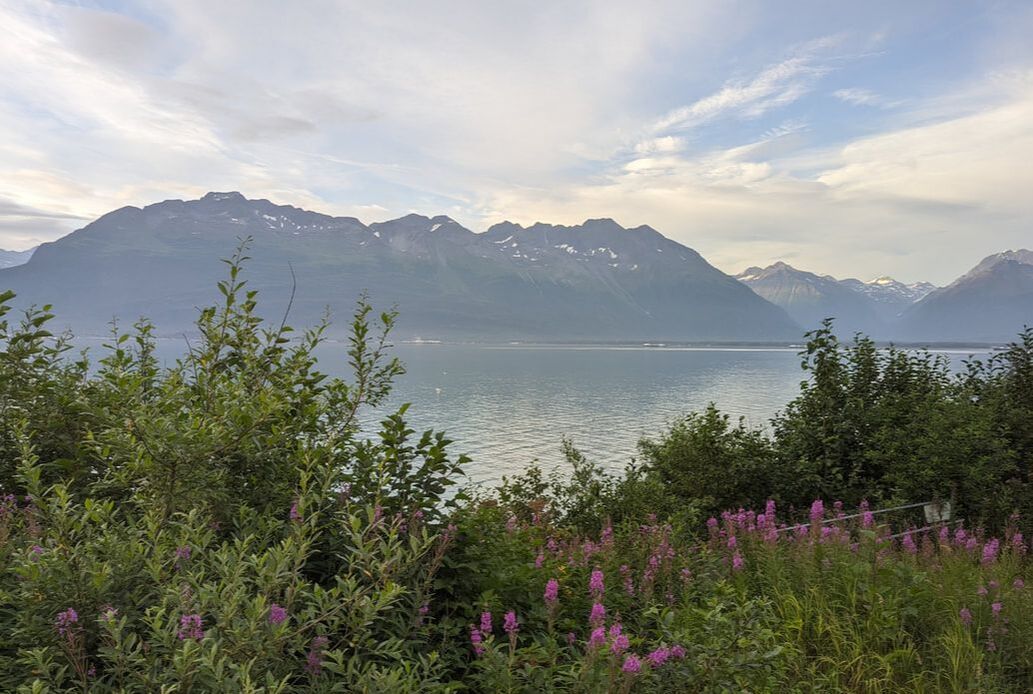
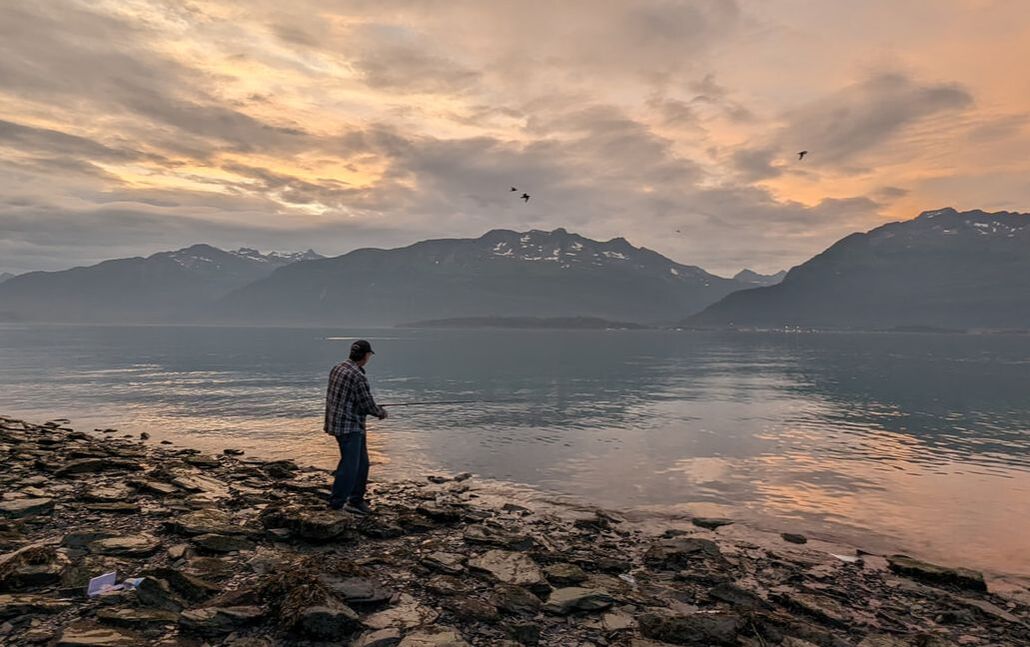
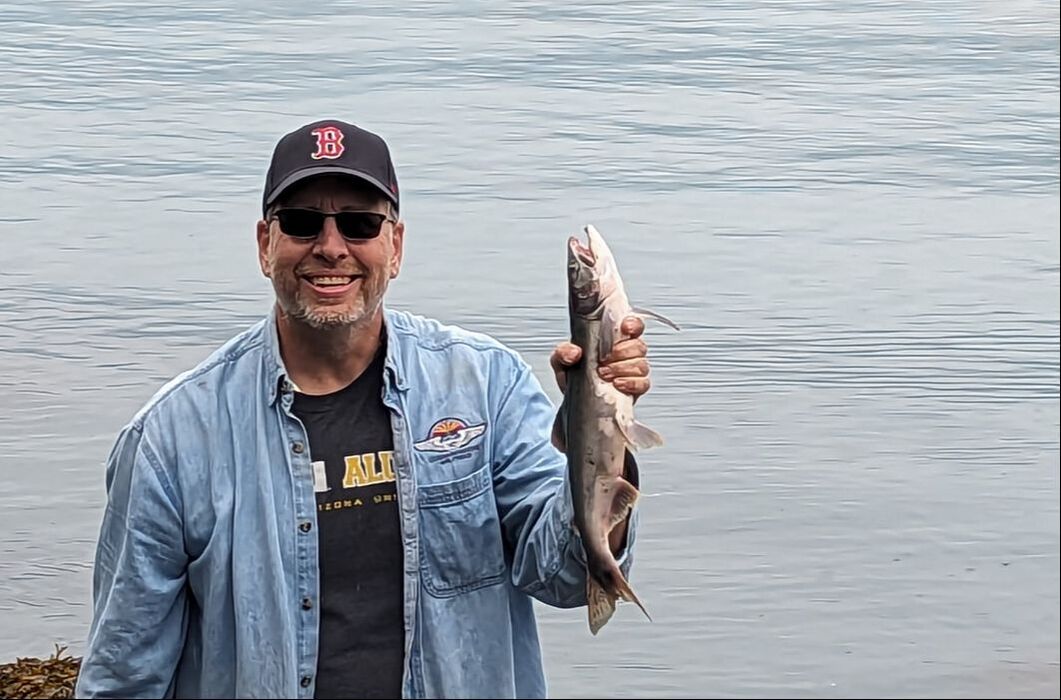
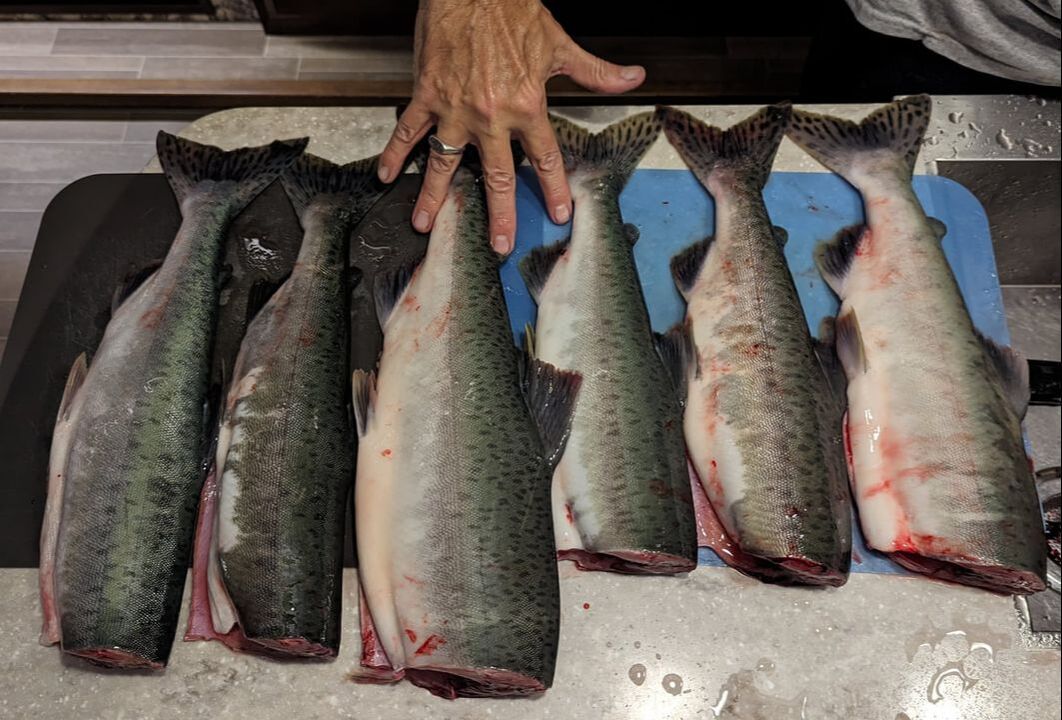
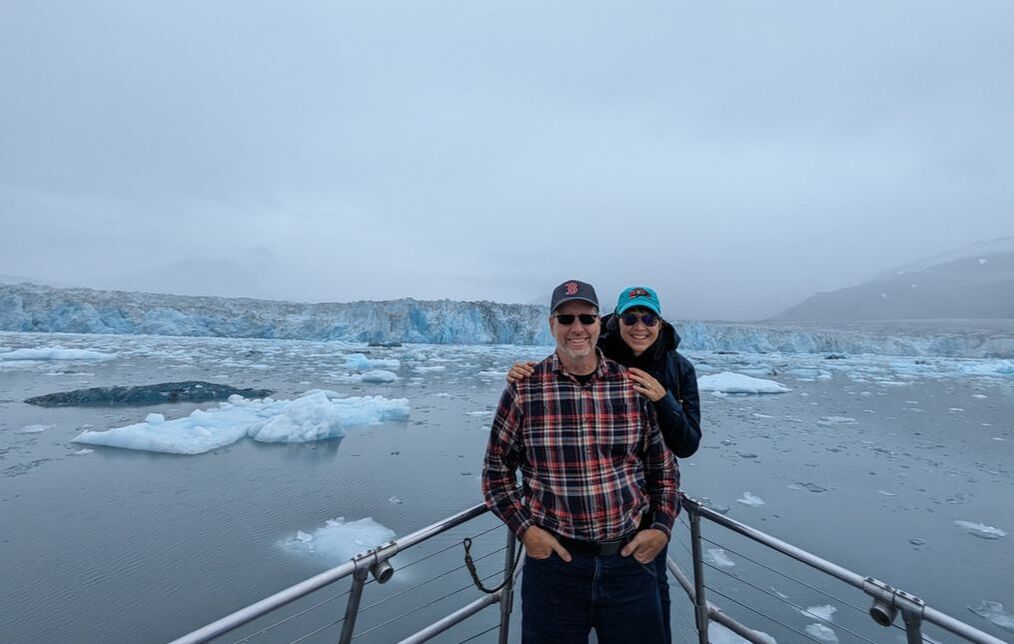
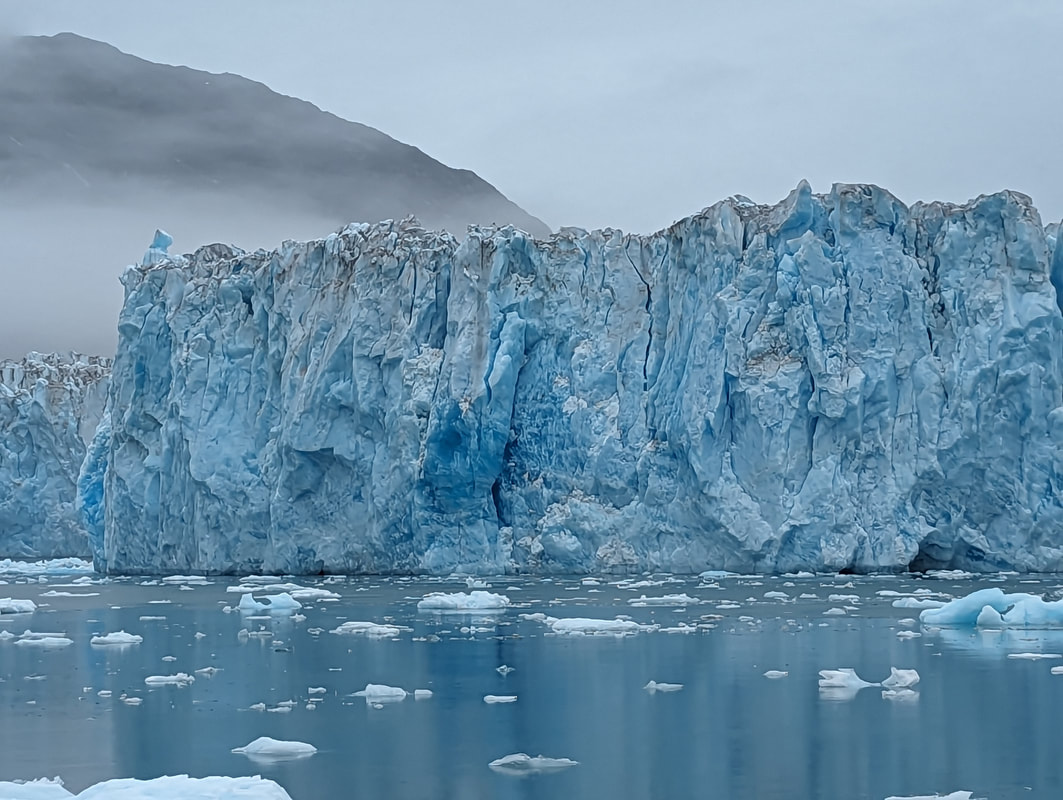
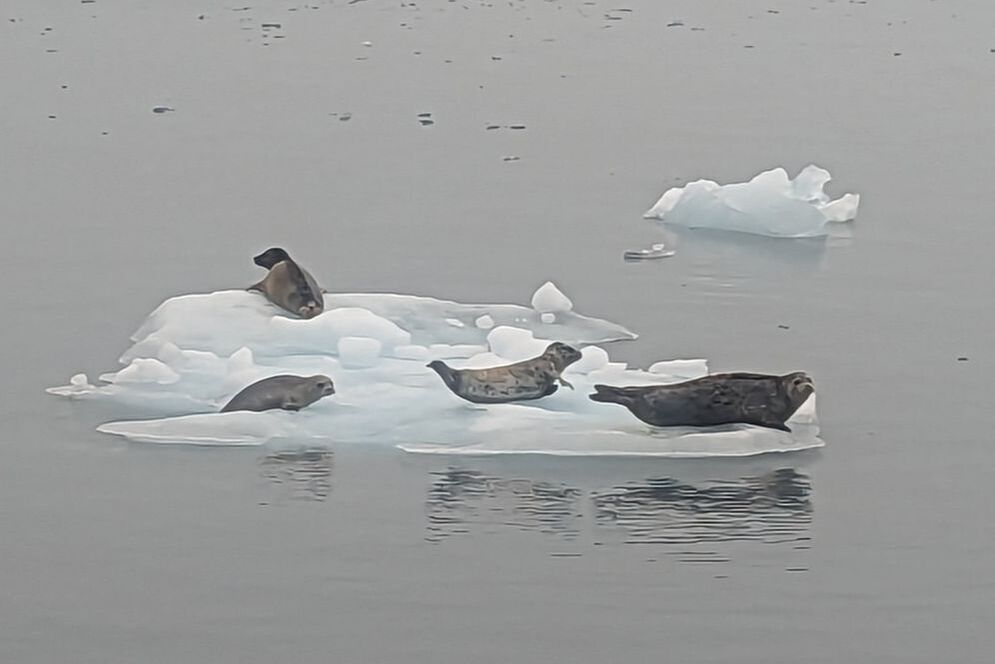
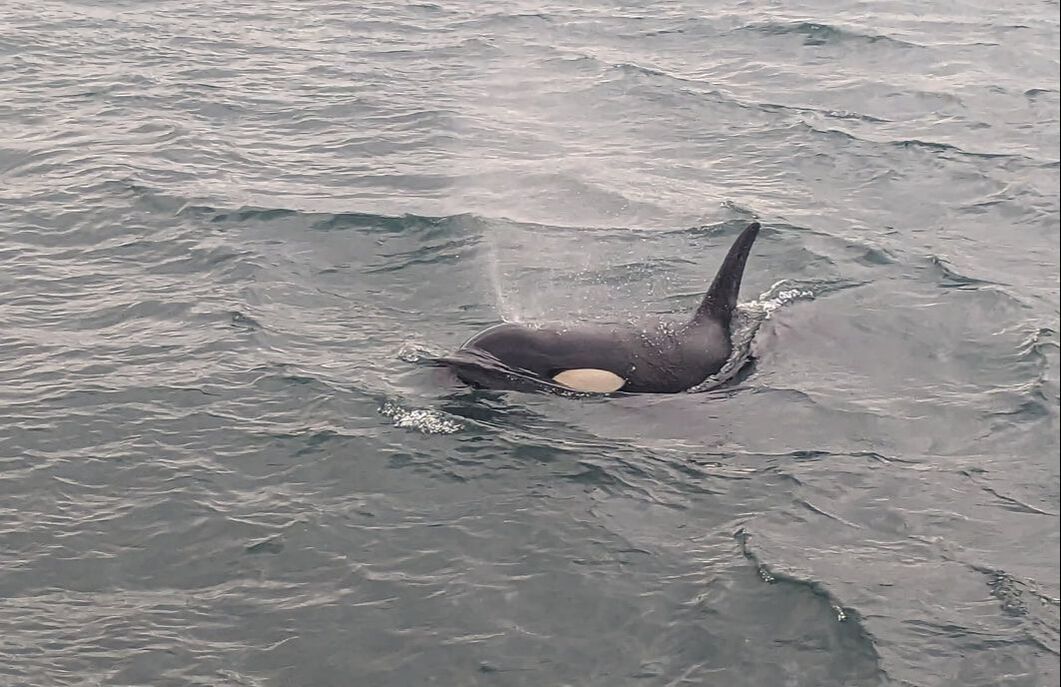
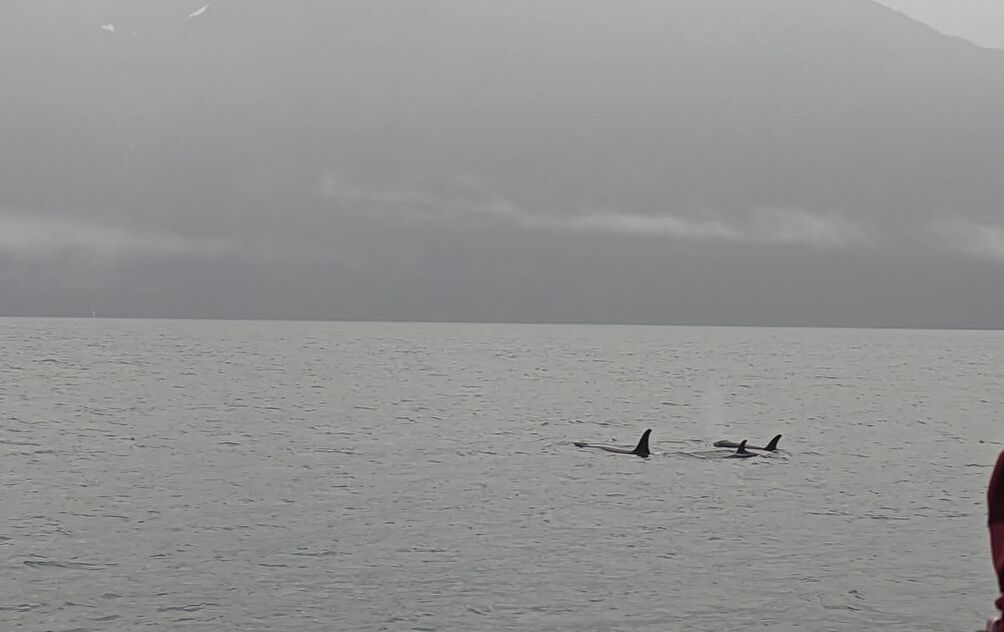
 RSS Feed
RSS Feed